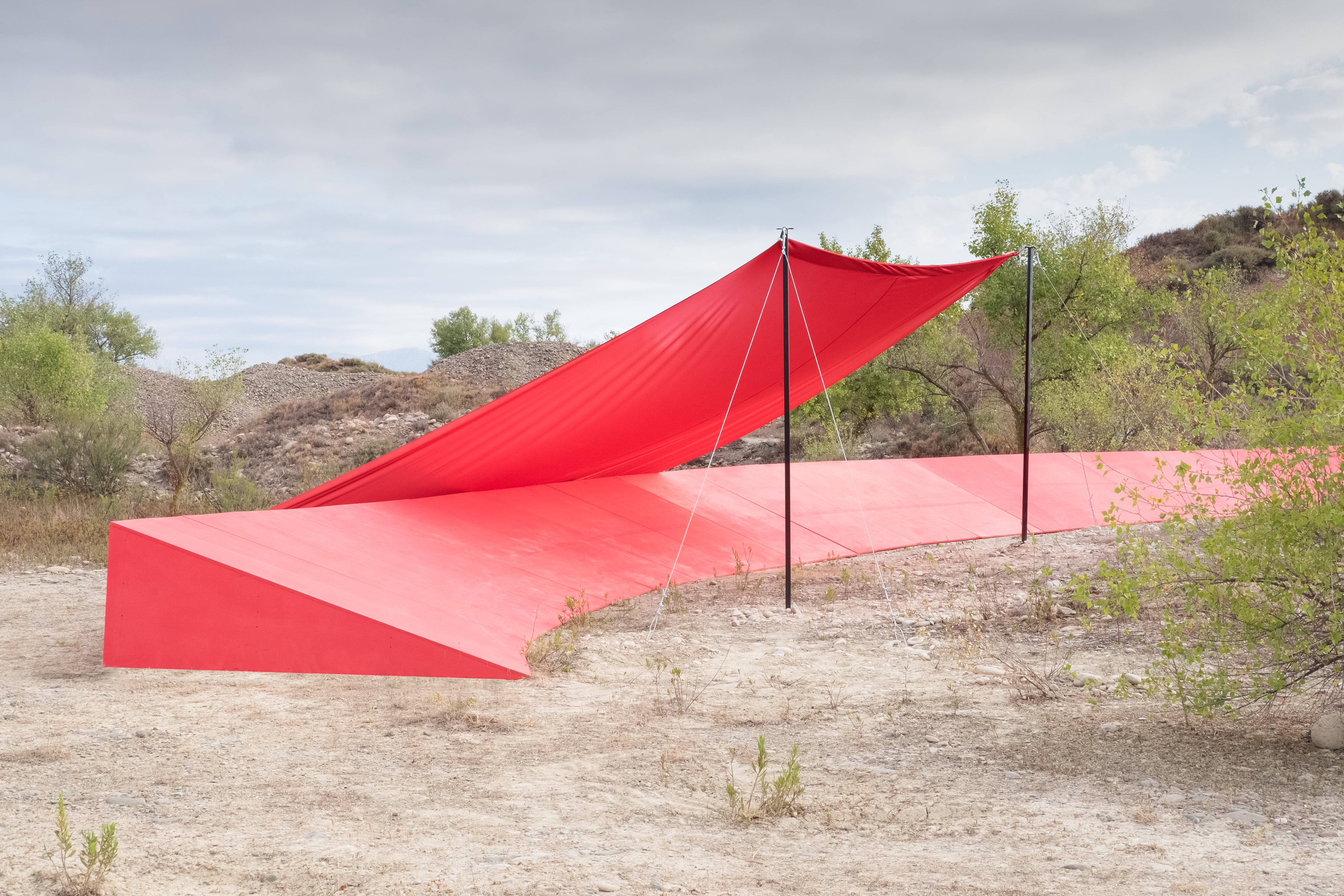

From Brussels to New York
As the festival draws near, we're more than excited to unveil the final chapter of the cherished Moon Ra stage. Ever since Horst's relocation to Asiat Park, Moon Ra has become the epitome of Brussels' dynamic music scene, and now we're bridging that energy to New York!
Below you’ll find the 18 artists who’ll play the UFO during Horst Arts & Music Festival 2024. Plus, expect some unannounced surprise visits from international festival guests too, ensuring a final dance to remember.
{{images-1}}
To celebrate Moon Ra’s final beams, we set up a worldwide collaboration of streams! For the last-ever dance in the iconic UFO stage, we’re delighted to welcome The Lot Radio alongside Kiosk Radio to co-host and stream three days of Moon Ra magic at Horst Arts & Music Festival 2024. From Asiat Park to outer space, from Brussels to New York. Let’s bid our beloved mushroom hidey-hole the epic farewell it deserves, shall we?



-139.jpg)

%20-%20ILLIAS%20TEIRLINCK%20-%20011%20(1).jpg)



